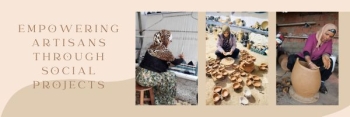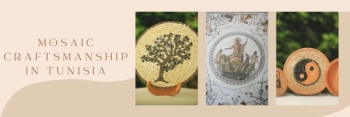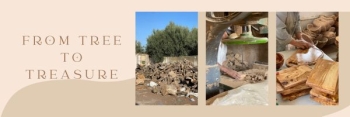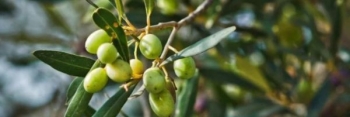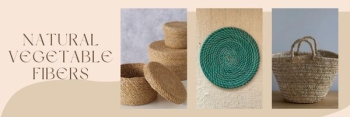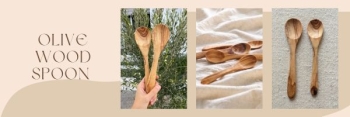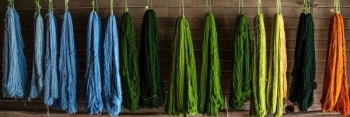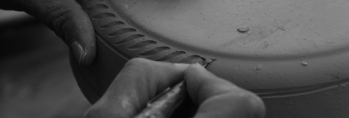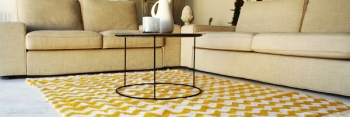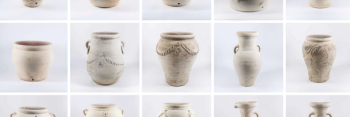Workshop
A workshop is a space devoted to manufacturing, in a factory, in a craftsman or an artist.
The workshop is a moment of exchange and sharing of experiences and expertise. It will be used in particular to ensure that the participants build together a project or simply a reflection. Everyone will bring their own knowledge, in addition to that exposed at the start of the workshop by the invited specialists.
A workshop is a collaborative workshop that is very successful today. It makes it possible to involve as many people as possible around a concept or an issue. The workshop is proving to be a real strength in companies since it allows the opinions and suggestions of more people than usual.
Looking to the future, Crafts is constantly innovating. Evolutions technologies generate new projects, new trades that build the Handicrafts of tomorrow.
- February 21, 2025
In today’s dynamic world, social projects are vital in preserving cultural heritage, empowering communities, and fostering sustainable economic opportunities.
- February 07, 2025
Discover the rich heritage of Tunisian mosaic craftsmanship, where ancient artistry meets contemporary design. Explore the history, techniques, and cultural significance of these timeless creations.
- February 04, 2025
At Qartaj.com, we believe in honoring tradition, craftsmanship, and the natural beauty of olive wood. Each of our handmade products tells a story—a story of centuries-old trees, skilled artisans, and a deep connection to Mediterranean heritage.
- January 31, 2025
Olive trees are living witnesses of human history, some having survived for thousands of years. Among these ancient trees, Tunisia is home to one of the most remarkable: the Echraf Olive Tree.
- January 14, 2025
Discover the benefits of natural vegetable fibers in creating sustainable handmade products. Explore eco-friendly materials that combine durability, elegance, and environmental consciousness.
- December 13, 2024
Discover the art of handmade olive wood spoons crafted by Tunisian artisans. Explore the sustainable process, unique grain patterns, and timeless beauty of these eco-friendly kitchen essentials.
- November 25, 2024
Natural dyeing is a time-honored craft deeply rooted in the traditions of Siliana, a region in northern Tunisia. This ancient technique involves extracting colors from plants, minerals, and other natural sources to create vibrant textiles, and it continues to be practiced by artisans who are dedicated to preserving their cultural heritage. In this blog, we explore the process, materials, and significance of natural dyeing in Siliana, highlighting how this eco-friendly art is gaining renewed interest in today’s world.
- May 21, 2024
At Qartaj, we take pride in offering exquisite handmade products that showcase the rich heritage and craftsmanship of Tunisia. Each piece tells a unique story, crafted with passion and skill by talented artisans from across the region.
- May 08, 2023
Tunisian rugs are a type of handicraft that has been produced in Tunisia for centuries. These rugs are known for their intricate designs, vibrant colors, and high-quality craftsmanship. Tunisian rugs are typically made using a combination of techniques, including knotting, embroidery, and weaving.
- October 25, 2022
Moknine is a Tunisian Sahel city surrounded by clay hills. It inherited the traditional pottery that has evolved in this region till now from the Phoenicians.

